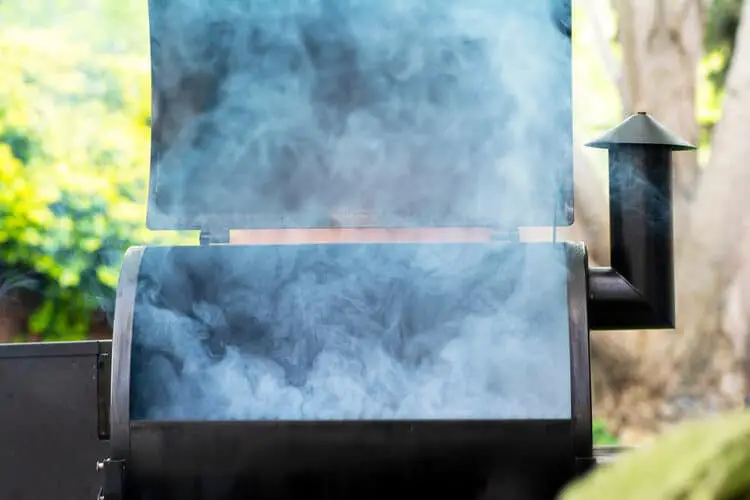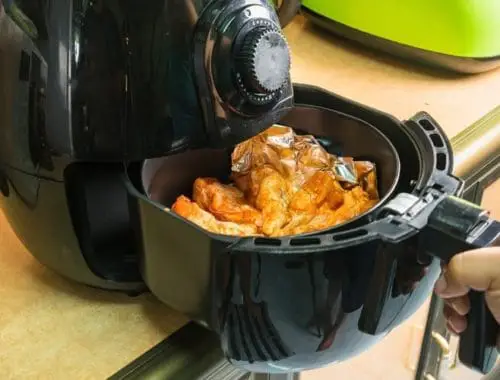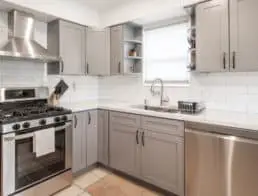For the aspiring grillmaster, learning to use a basic smoker is a logical next step once you’ve mastered a standard grill. While this might seem a bit daunting at first, using a smoker actually isn’t that complicated, assuming you know the basic procedures. Today, we’re going to take a look at how to safely and effectively use a smoker to get tastier, juicier meat that is fall-off-the-bone tender, no matter how experienced you are with a smoker, or what kind you have.
These instructions will be primarily directed at users of charcoal smokers, but all smokers follow basically the same operating procedure so the instructions laid out here should work with basically any style of a smoker as long as you also follow the manufacturer’s instructions as well.
How to Use a Smoker
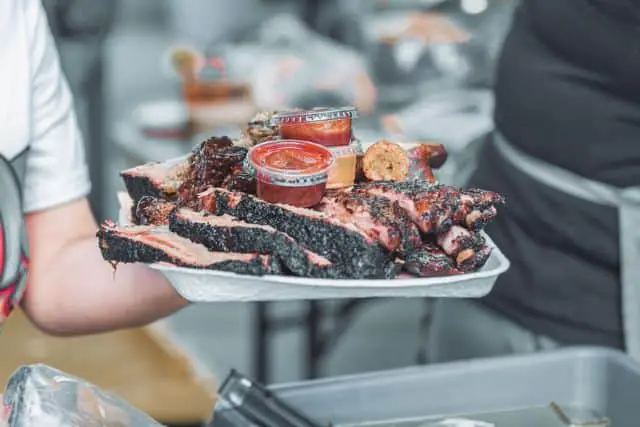
Image courtesy of Unsplash
Setting Up Your Smoker for the First Time
First things first, follow the manufacturer’s instructions for the first-time setup of your smoker. Smokers need to be properly cured to remove potentially dangerous substances from the manufacturing process before they’re used to prepare food. This is very important to make sure the food you make is safe to eat, so don’t cut corners here. The curing process will typically involve giving the interior a good cleaning, applying cooking oil to the surface, and completing a cooking cycle. You may also need to run it at a higher heat for a few hours before completing the cooking cycle.
Be sure to set up your smoker on a flat, level surface. Try to find a place that’s sheltered from the wind, but make sure it’s at least 10 feet from the side of your house and other structures and surfaces that could be damaged by heat.
You may want to place a couple of probe thermometers in your grill to help you monitor the internal temperature in your grill, one on each side, close to where your meat will be. The built-in thermometers are notoriously inaccurate, so it’s nice to have secondary thermometers to check.
Getting Ready to Cook

Image courtesy of Pexels
Rubbing or marinating your meat is an important step in getting the flavor just right.1 You can have fun with this step, using a pre-existing recipe that you love or experimenting with new flavor combinations. It’s a good idea to do this the day (but no more than one day) before you plan on smoking the meat to give the flavor time to really penetrate the meat.
Once you’ve cured the smoker and marinated your meat, you can get the smoker ready for the main event.
If it’s a charcoal smoker, load up the grill with charcoal. Use as much as possible without blocking air circulation, but don’t pack the charcoal down. A chimney may be useful for lighting your charcoal. If you’ll be smoking meat for more than about four hours, make sure you have extra charcoal on hand. You’ll likely need to add more to maintain the smoker’s temperature.
Wood shouldn’t be your main source of fuel, just a source of flavor. Mix the wood pieces in with your charcoal. Larger pieces are generally better to use than small chips since they burn more consistently. You’ll only need one or two chunks to get the flavor you want. Both wood and charcoal need to be free of dangerous chemicals that will be absorbed by your food.
Make sure that the intake and chimney baffles are open for proper air circulation to help the smoker heat up. For most cuts of meat, you’ll want a temperature between about 225 and 250 degrees.2
To make sure the meat doesn’t dry out during the smoking process, and help keep the smoker’s temperature consistent, you’ll need moisture.3 Place a water pan under the grate of the smoker, where the steam will rise up to the area around the meat and any drippings from the meat will fall into the pan. You can add herbs or spices to the water to provide additional flavor to the meat.
Smoke Your Meat
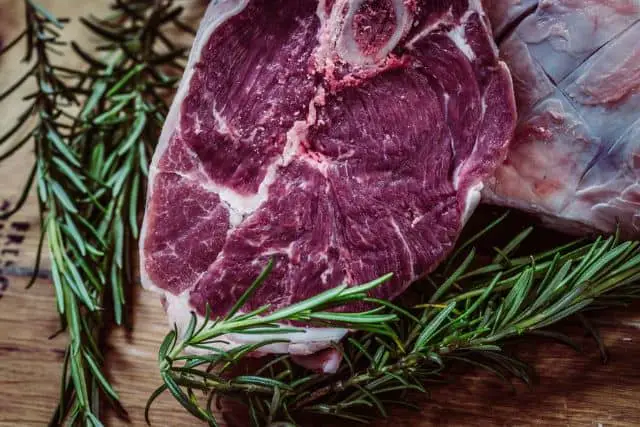
Image courtesy of Pixy
Don’t open the lid more than necessary. It’s tempting, but letting out smoke, heat, and steam is a bad idea. Every time you open the lid, you’ll need to plan for an additional 15 to 20 minutes of cooking time. You’ll only want to turn the meat once every two to three hours. Add additional marinade when you turn the meat to help keep the meat from drying out.
Close the intake baffle about halfway to help keep the temperature stable. You can leave the chimney baffle open. If the temperature gets too hot, you can close the baffles to cool things down. On the other hand, you’ll want to open up the baffles when you need to raise the heat. The intake baffle has a greater impact on the temperature inside the smoker, so that’s the main one you’ll want to use for temperature adjustment.
Resist the urge to cook the meat at too high of a temperature. You hear it a lot, but “low and slow” really is the best way to smoke meat.4 You can’t rush it or it won’t turn out just right. You’ll want to let the meat smoke for about 1 to 1.5 hours per pound of meat.
Remove Smoked Meat
Check on the contents of the smoker about an hour before it’s supposed to be done. That way if the meat smokes faster than expected, you can make sure you don’t overcook it. You can always leave undercooked meat in longer, but you can’t undo cooking that’s already happened.
Most meats need to have an internal temperature of at least 145 degrees. Poultry needs to reach an internal temperature of 165 degrees.
Final Thoughts
You should now know everything you need to get started using your very own smoker. These instructions will work for almost any style of a smoker, including smoker/grill combos. With a good smoker and a little bit of knowledge, ribs, roasts, poultry, and more can be cooked low and slow, bringing out flavors and textures a standard grill could never give.
Article Sources
Home Life Daily uses only high-quality sources, including peer-reviewed studies, to support the facts within our articles. Read our editorial process to learn more about how we fact-check and keep our content accurate, reliable, and trustworthy.
- Delany, Alex. Fact: Dry Rubs Are Better Than Marinades. bonappetit.com. Published 16 Aug 2018. Accessed 9 Oct 2021.
- Clements, Joe. Smoking Times and Temperatures Chart. smokedbbqsource.com. Published 16 Nov 2020. Accessed 9 Oct 2021.
- Smoker Water Pans (How To Use Them & Why They Work). theonlinegrill.com. Published 22 Mar 2020. Accessed 9 Oct 2021.
- Bennett, Brian. How to smoke meat low and slow on a charcoal grill. cnet.com Published 5 Sept 2021. Accessed 9 Sept 2021.
